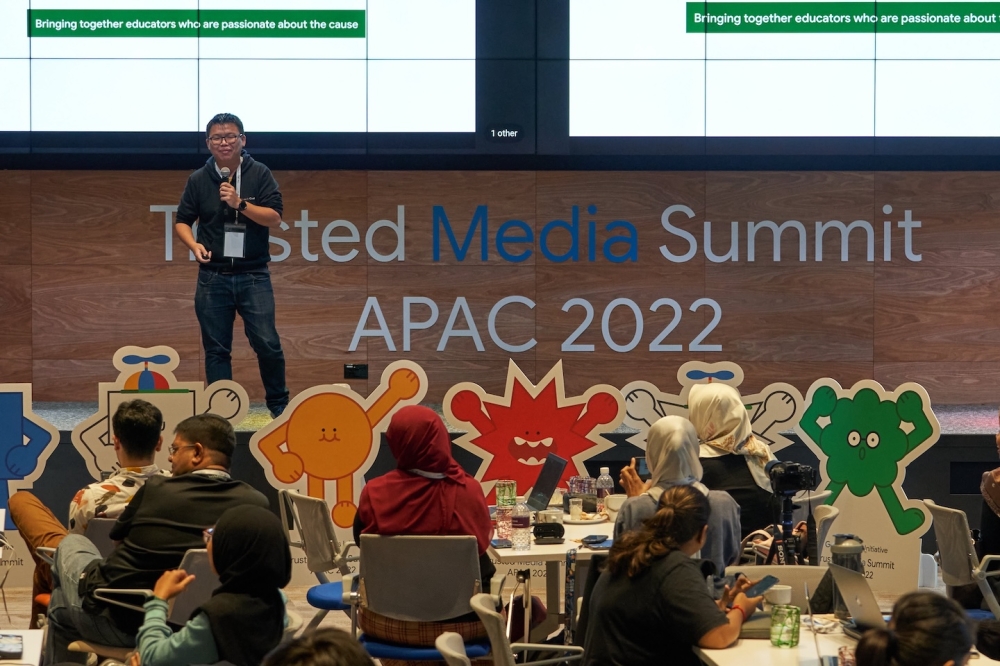The Deepfake Deception: Navigating the Age of AI-Generated Misinformation
In an era defined by the relentless influx of information, the line between truth and fabrication has become increasingly blurred. The rise of deepfake technology, capable of generating incredibly realistic yet entirely synthetic media, presents a formidable challenge to societies worldwide. From fabricated news stories to AI-powered scams that convincingly mimic the voices and faces of loved ones, the threat of misinformation has reached unprecedented levels of sophistication and danger. As these tools of manipulation grow more advanced, the public’s ability to discern fact from fiction struggles to keep pace, underscoring the critical need for enhanced media literacy.
Media literacy is no longer a mere skill; it has become an essential survival tool in the digital age. It extends beyond simply identifying fake news; it encompasses a deep understanding of how media messages are constructed, the motivations behind their creation, and their potential impact on our beliefs and behaviors. David Chak, co-founder and director of Arus Academy, emphasizes this point, stressing that media literacy begins with three fundamental questions: What is the message? How is it being framed? And, crucially, why does it exist? Deciphering the motive behind a message is especially vital in emotionally charged situations, where critical thinking can easily be overwhelmed by fear, hope, or outrage. While some misinformation might be spread unintentionally, disinformation, which is deliberately crafted to deceive, poses a far greater threat.
The emergence of AI-powered voice cloning has further complicated the landscape. Chak highlights a disturbing trend in Malaysia, where scammers are utilizing AI to mimic familiar voices in phone calls, often preying on the emotional vulnerabilities of their victims. These scams typically involve urgent pleas for financial assistance, leveraging the inherent trust we place in the voices of our loved ones. The process is surprisingly simple: scammers collect voice samples from readily available sources like WhatsApp voice notes, Instagram stories, or public videos, then employ inexpensive and readily accessible AI tools to generate convincing audio replicas. This highlights the chilling reality that a voice, once considered a reliable marker of identity, can now be easily fabricated. The key to combating these sophisticated scams, Chak advises, is to verify information through trusted channels, such as calling back on a known number or initiating a video call.
The effectiveness of these scams lies in their ability to exploit human emotions. Scammers understand that fear, urgency, and hope can cloud judgment and bypass rational thought. Whether it’s a fabricated romantic connection, the promise of an improbable prize, or a distressed call from a seemingly loved one, the underlying strategy remains the same: to trigger an immediate emotional response before critical thinking can intervene. Media literacy equips individuals with the tools to recognize these manipulative tactics and respond thoughtfully rather than impulsively. Red flags, such as unusual language, unexpected contact through unfamiliar platforms, or a tone that feels out of character, should prompt skepticism and further investigation.
Preparing future generations for the challenges of the digital age necessitates integrating media literacy and ethical AI education into the curriculum. Rather than shying away from these technologies, Chak advocates for teaching students how they work, both their potential benefits and their potential for misuse. Banning AI tools like ChatGPT is not the solution. Instead, students should be empowered to use them responsibly, understanding the ethical implications of their actions. Educators must also model ethical behavior by being transparent about their own use of AI tools, demonstrating the importance of integrity and responsible digital citizenship. This approach fosters critical thinking, encourages responsible technology use, and prepares students to navigate the complex digital landscape with discernment.
While younger generations often demonstrate greater digital fluency, older adults, less familiar with the rapid evolution of technology, remain particularly vulnerable to scams. Bridging this generational gap requires a multi-pronged approach. Traditional media platforms like television, radio, and newspapers still play a crucial role in reaching older demographics, but the messaging needs to be updated and relatable. Younger generations can also contribute by sharing their knowledge with older family members, creating a ripple effect of media literacy within families. Simple strategies, such as establishing “safe words” within families, can provide an added layer of security against voice-cloning scams. These shared secret phrases can be used to verify identity in suspicious situations, preventing loved ones from falling victim to these increasingly sophisticated schemes.
The dangers of deepfakes and AI-generated misinformation extend far beyond financial scams. The potential to manipulate public opinion, incite social unrest, and erode trust in institutions poses a significant threat to the fabric of society. Deepfakes can easily spread fabricated narratives, generating outrage or fear based on completely false information. The tendency to believe first and question later, coupled with the rapid spread of information through social media, amplifies the potential damage. Addressing this challenge requires a concerted effort to improve media literacy across all age groups, recognizing that both younger and older demographics face distinct vulnerabilities. Young people, while digitally fluent, are often heavily influenced by social media trends, while older adults may lack awareness of the sophisticated tactics employed in online scams. Tailoring media literacy education to specific demographics is key to building a more resilient and informed society.


